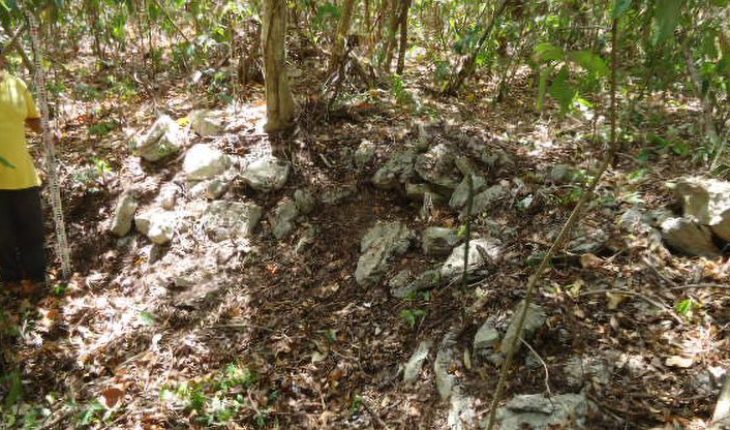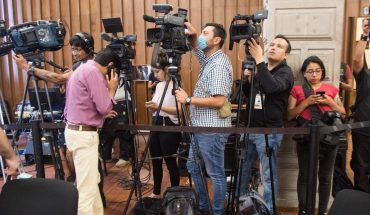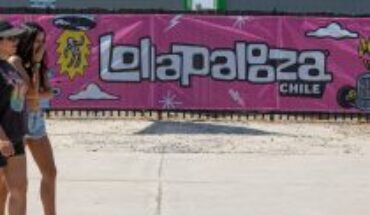The National Institute of Anthropology and History (INAH) discovered in Mahahual, Quintana Roo, remains of a pre-Hispanic people dating from the Mayan Postclassic period (1200-1546 AD).
The Mayan settlement was discovered by experts in the INAH on a land owned by an individual, between the mangrove and the jungle very close to the Caribbean coast, which was designated as a particularity.
It was the owner of the land who requested the presence of INAH staff to investigate the remains.
In a statement, INAH detailed that all structures located so far “are housing or water-supply”, so it is believed that those who lived there were mainly engaged in fishing and agriculture.
Read: INAH finds a thousand-year-old Mayan palace in an unexplored area
In the mean that their direct access to the sea would have allowed them to exchange commercial products with other coastal towns.
The archaeologist Fernando Cortés de Brasdefer, noted that they will continue in search of indications of elite spaces or some ritual or civic-religious center, since the area studied so far is only 1.5 kilometers long by 450 meters wide.
According to Corteté until now, the settlement is shaped like a heterogeneous network of family premises that constituted “an extensive, highly organized village.”
Around 80 structures have been found on walking tours by archaeologists: (most) housing halls; ‘watered’, artificial water collection vessels; and ‘sartenejas’, natural wells that were drilled into their bottoms to reach the water table level.
In addition to the cenotes, caves and caves, which are in the area of the find, other elements have been discovered such as the remains of a metal caldera, which is calculated could be from the Porphyrian era.
Another peculiarity of Mahahual, as the experts called the archaeological zone, is that, in this first stage, no objects such as ceramic, stone (lithic) or bone elements were located.
Read: Hernán Cortés and Moctezuma Xocoyotzin, 500 years after the two-world encounter
This situation could be explained in the fact that the site was occupied in a relatively short generational time, in the Postclassic.
Fernando Cortés concludes that, while Mahahual is not a site with large ritual structures, he will help to know to what area of the Eastern Coast of the Yucatan peninsula, the precortesian Mayan villages were extended.
Even before his discovery, this area had gone unnoticed because the current Mahahual settlers believed that the structures were albarrada (dry stone walls) of natural origin, when in fact they were constructions that delimited properties and inside there were orchards and “small descending houses built on limestone platforms, with wooden structures and guano palm, equal to the traditional houses built by the contemporary Maya”.
The researchers of the INAH of Quintana Roo continue with the work of exploration and research, as well as with the reports that will be delivered to the Archaeology Council of the Institute.
A tourism development project is expected to be carried out in the area.
What we do in Animal Político requires professional journalists, teamwork, dialogue with readers and something very important: independence. You can help us keep going. Be part of the team.
Subscribe to Animal Político, receive benefits and support free journalism #YoSoyAnimal.
translated from Spanish: Between the mangrove and the mahahual forest, QRoo, find remains of a Mayan people
April 24, 2020 |





